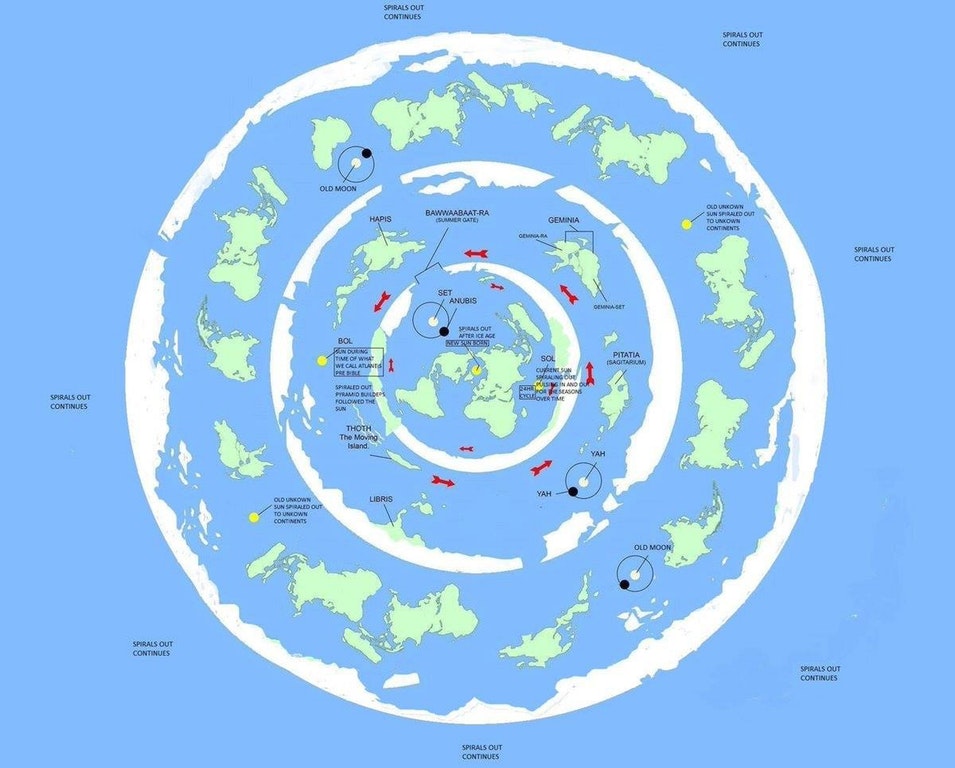A painting in Holy Trinity church in Loddon, Norfolk depicting the first known case of blood libel dating back to 1144.
A painting in Holy Trinity church in Loddon, Norfolk depicting the first known case of blood libel dating back to 1144.
Antisemitism in Europe in the Middle Ages was largely influenced by the Christian belief that the Jewish people werecollectively responsible for the death of Jesus, through the so-called blood curse of Pontius Pilate in the Gospels.
Persecutions against Jews were widespread during the Crusades, beginning in 1095, when a number of communities, especially on the Rhine and the Danube, were massacred.
On many occasions Jews were accused of the ritual murder of Christian children in what were called blood libels. The first known blood libel was the story of William of Norwich (d. 1144), whose murder sparked accusations of ritual murder and torture by the local Jews.[3]
The Black Death which devastated Europe in the 14th century also gave rise to widespread persecution. In the face of the terrifying spread of the plague, the Jews served as scapegoats and were accused of poisoning the wells. As a result, many Jewish communities in western and central Europe were destroyed in a wave of violence between 1348 and 1350.[4][5] For example, some two thousand Jews were massacred by burning in Strasbourg, in February 1349, upon a decision by the city council, before the plague had reached the city.[6][7] In the German states a total of approximately 300 Jewish communities were destroyed during this period, because of Jews being killed or driven out.[8]
Another aspect of medieval antisemitism was the many restrictions imposed on the Jews. They were excluded from many occupations because of the fear of competition with the local population. For the most part they could not own land, since, under the feudal system, the pledge of loyalty required from a vassal upon the enfoeffment of land had the form of a Christian oath; however, there were exceptions.[9][10] Their residence in cities was often limited to specific areas known as ghettos. Following the Fourth Lateran Council, in 1215, Jews were also ordered to wear distinctive clothing,[11][12] in some instances a circular badge.[13] Some Jews managed to evade the humiliating requirement of wearing a badge by bribing the local authorities.[14]
In the later Middle Ages, Jews were expelled from smaller and larger regions across western Europe as well as the German lands, including monarchy-wide expulsions from England, in 1290, and France, in 1306 and 1394.[15] The greatest expulsions of Jews were in Spain (1492) and Portugal (1496), where Jews were ordered to convert to Christianity, or to leave the country within six or eleven months, respectively.[16]
The Protestant Reformation saw a rise of antisemitism with Martin Luther's On the Jews and Their Lies. Martin Luther and antisemitism proved that the Protestant church would be virulent to the Semites.



Comments
Post a Comment